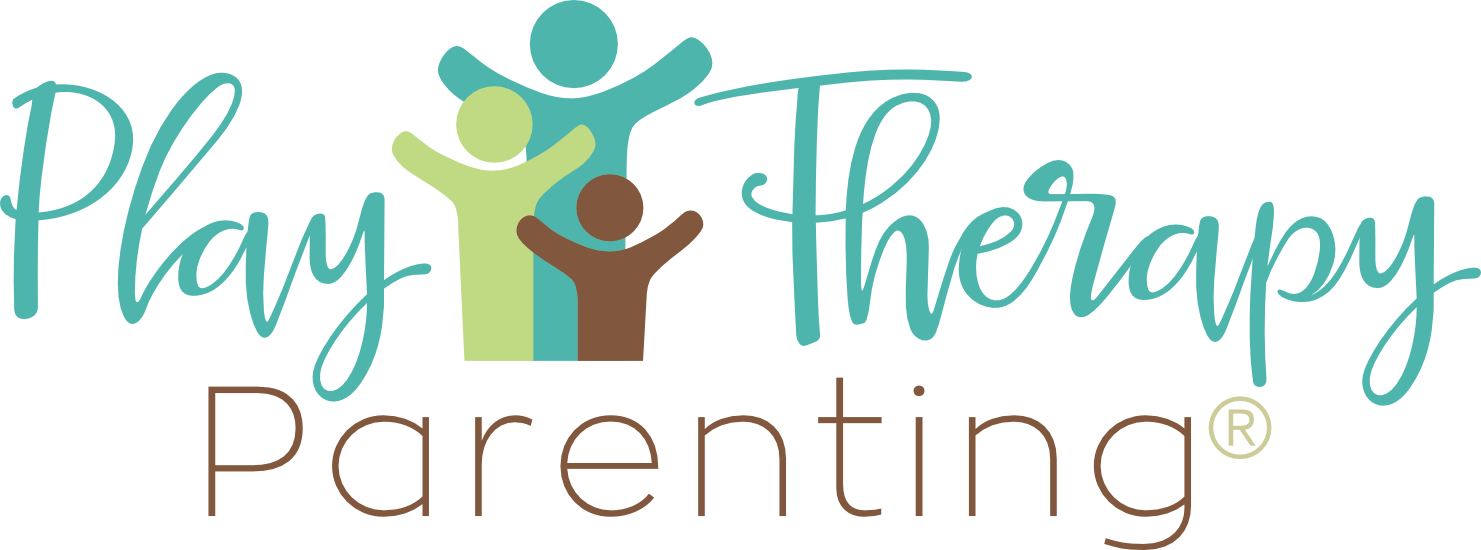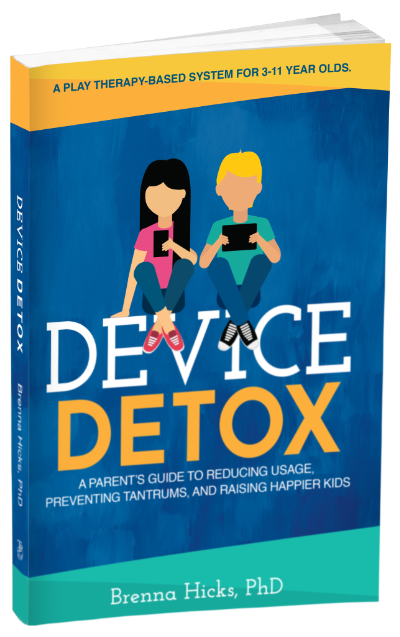S2E23 – Solving Hygiene Battles with Choices
I explain that this behavior is fundamentally a power and control issue. Children have control over very few things in their lives, and hygiene routines are one area where they can exert independence. To address this, I introduce the concept of choice giving as a powerful parenting tool. I walk through how to set clear expectations and use ultimate choice giving to return some power to the child while maintaining parental authority.
I emphasize the importance of identifying a child’s “currency” – what motivates them – and incorporating it into the choices presented. Whether it’s privacy in the bathroom or access to favorite activities, these choices give children ownership of their decisions and natural consequences. I also stress the need for consistency and starting fresh each day, allowing children to learn from their choices without carrying over punishments.
Ask Me Questions: Call (813) 812-5525, or email: [email protected]
Podcast HQ: https://www.playtherapyparenting.com/
My Newsletter Signup: https://www.playtherapyparenting.com/newsletter/
My Podcast Partner, Gabb Wireless: https://www.playtherapyparenting.com/gabb/
Common References:
Landreth, G.L. (2023). Play Therapy: The Art of the Relationship (4th ed.). Routledge.
Bratton, S. C., Landreth, G. L., Kellam, T., & Blackard, S. R. (2006). Child parent relationship therapy (CPRT) treatment manual: A 10-session filial therapy model for training parents. Routledge/Taylor & Francis Group.
Solving Hygiene Battles: The Power of Choice in Parenting
As parents, we often face challenges with our children’s hygiene habits. In this post, we’ll address a common issue: children resisting basic hygiene practices like showering, wiping, and flushing. We’ll explore why this happens and provide practical strategies to overcome these challenges.
Understanding the Root Cause: Power and Control
Children have control over very few things in their lives. When it comes to hygiene, especially in private spaces like bathrooms and showers, they find an opportunity to exert their independence. This resistance to hygiene practices is fundamentally a power and control issue.
Children typically have control over five main areas:
- Eating
- Sleeping
- Toileting
- Behavior
- Talking
Bathroom power struggles are one of the most common issues parents face.
The Solution: Choice Giving
Once we understand that this is a power and control issue, we can address it effectively using choice giving. This approach returns some power and control to the child while maintaining parental authority.
Setting Clear Expectations
Before implementing choice giving, it’s crucial to set clear expectations. Choose a neutral time, not when the child is about to shower or use the bathroom. Use a phrase that communicates the importance of what you’re about to say, such as:
“We’re about to institute a new and significant policy within the confines of this household.”
Or more simply:
“There’s a new rule moving forward, and it’s really important.”
Implementing Ultimate Choice Giving
Because this is an ongoing struggle, we’ll use ultimate choice giving rather than the standard limit-setting process. Here’s how it works:
- Identify your child’s “currency” – what motivates them (e.g., books, dessert, video games, TV time).
- Present two choices, both of which you can live with.
- Link the choices directly to the hygiene behavior and the child’s currency.
For example:
“Bella, when you choose to use soap in the shower, you choose to continue having the privilege of showering on your own. If you choose not to use soap, you’re choosing for me to sit in the bathroom to ensure you use soap. Which do you choose?”
Or, using a currency-based approach:
“Bella, if you choose to use soap when you shower today, you choose to have books tonight before bed. If you choose not to use soap, you choose not to have your books before bed. Which do you choose?”
Applying the Strategy to Other Hygiene Issues
The same approach can be used for other hygiene issues, like wiping and flushing:
“Bella, if you choose to wipe and flush after using the bathroom, you choose to have books tonight. If you choose not to wipe and flush, you choose not to have books. Which do you choose?”
Key Points to Remember
- Every day is a new day. Don’t carry over consequences.
- Maintain immediacy in consequences of choices.
- If the child makes a choice they later regret, empathize but remind them they can make a different choice next time.
- This strategy helps children learn ownership and accept consequences for their choices.
- It eliminates the power struggle by removing nagging and constant reminders.
By using choice giving, you’re not only addressing hygiene issues but also teaching valuable life skills. Your child learns to take ownership of their actions, understand consequences, and make decisions. Remember, this strategy can be applied to any consistent behavioral issue, not just hygiene-related problems.
Implementing these strategies may take time and patience, but they can significantly reduce power struggles and help your child develop better hygiene habits. Stay consistent, and you’ll likely see positive changes in your child’s behavior and your overall parent-child relationship.

